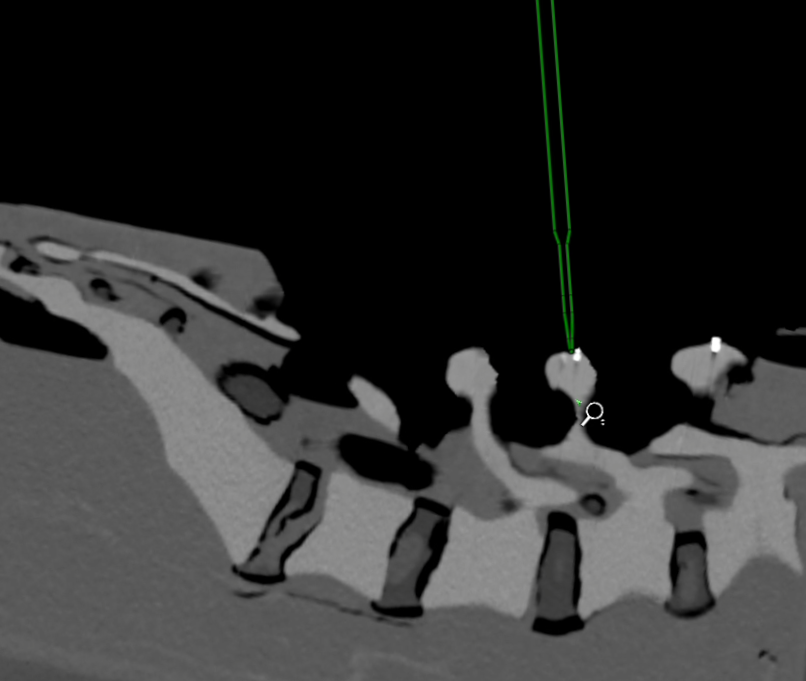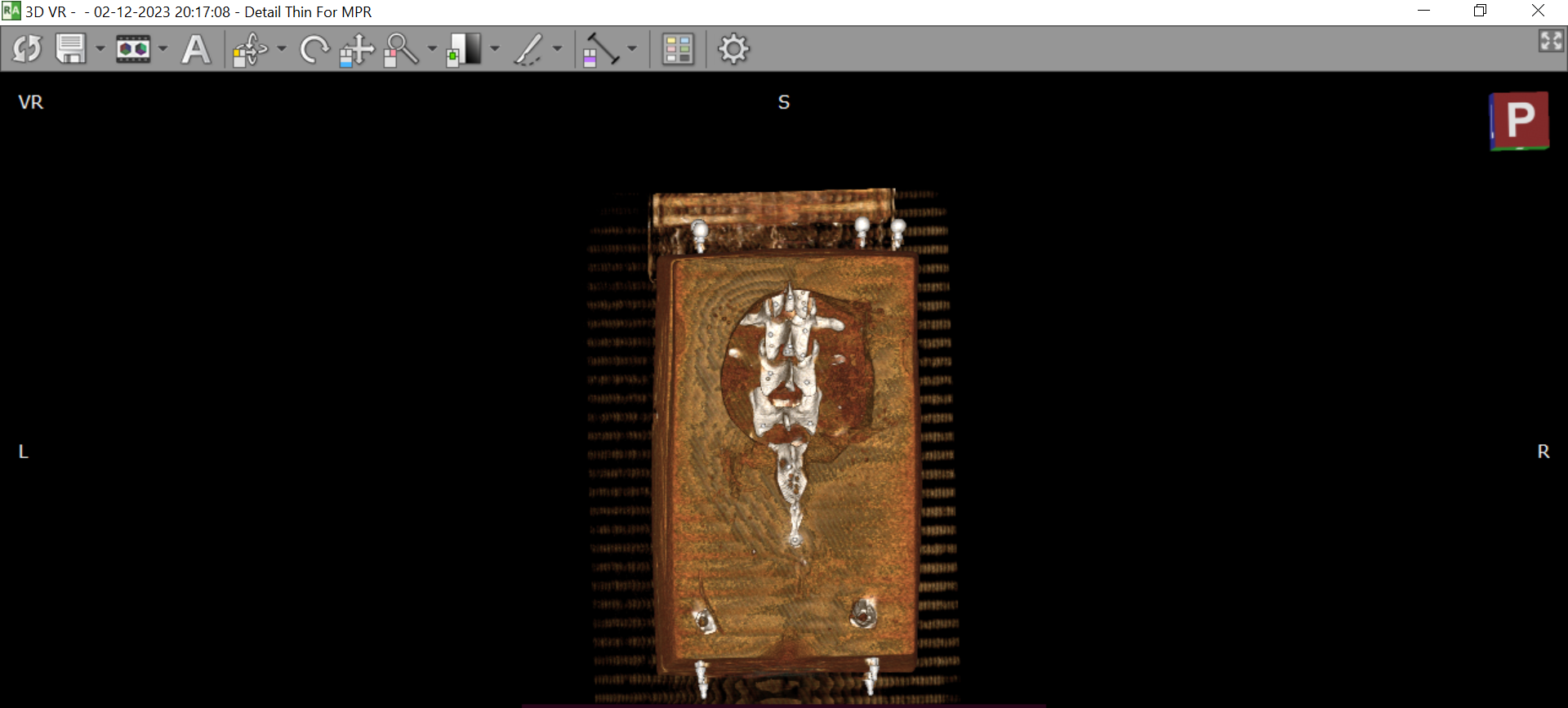Intra-operative Fluoroscopic Image Registration
Computer-aided surgery (CAS), especially in spinal procedures, benefits greatly from advancements in imaging, navigation, and robotics. This research develops novel intraoperative registration techniques for fluoroscopic images to enhance spatial awareness and real-time guidance. By integrating tracking data with registered images, the system ensures accurate instrument localization, precise implant placement, and improved navigation—crucial for minimizing complications and enhancing outcomes in minimally invasive surgeries.
Primary Themes:
- Spatio2-frequency Image Enhancement
- Image Distortion Correction
- Feature Extraction
- Pose Identification
- Image Registration



















